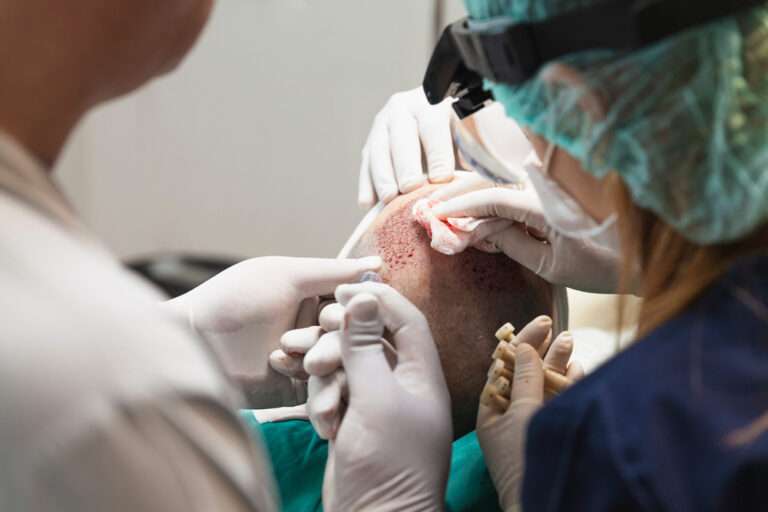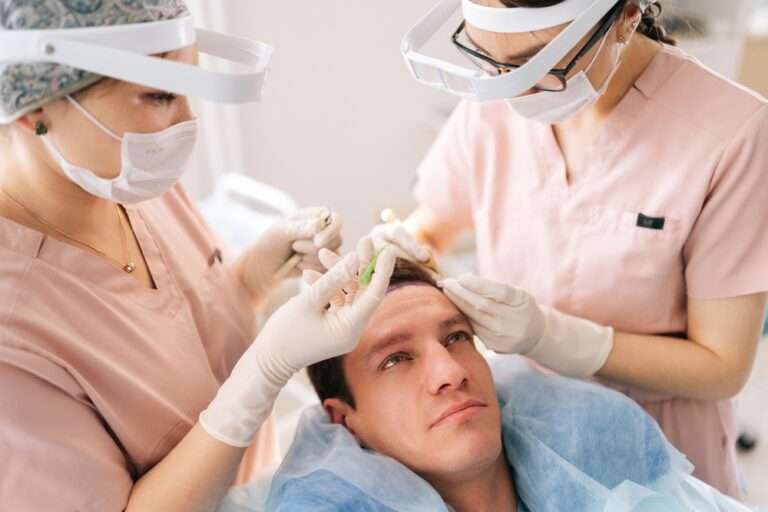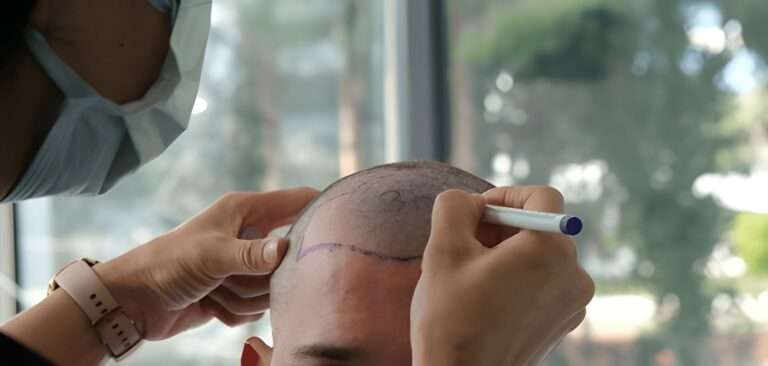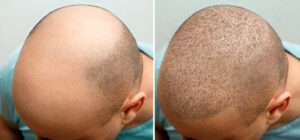Hair transplants have become one of the most trusted solutions for people struggling with baldness. Clinics across the UK, including those offering hair transplant Bristol services, help thousands of men and women each year. The procedure provides natural-looking results that can last a lifetime. But a common question remains: can you reverse hair loss after a hair transplant?
The answer is not simple. While transplanted hair is permanent, ongoing hair loss in untreated areas may still happen. Understanding this balance helps patients manage their expectations and long-term care.
Why Hair Loss Continues After a Transplant
A hair transplant moves healthy follicles from one part of the scalp to thinning or bald areas. These donor hairs are usually resistant to balding, which means they stay in place permanently. However, the surrounding natural hair may still thin over time.
This is why many patients notice that, years after surgery, they may need additional treatments. For example, some people who had a hair transplant procedure in Bristol may return for follow-up surgery to maintain density and an even hairline.
Can Transplanted Hair Fall Out?
Yes, transplanted hair often falls out in the first few weeks. This stage, called “shedding,” is entirely normal. The roots stay behind, and new hair begins to grow within months.
What does not usually happen is permanent loss of transplanted follicles. Once they are secure and healed, they grow like natural hair for life. Still, this does not prevent future thinning of non-transplanted areas. Patients who expect a one-time surgery to solve everything may feel disappointed without proper guidance.
Reversing Hair Loss With Medication
Non-surgical treatments play a significant role in preserving long-term results. Doctors often recommend medication alongside surgery to stabilise ongoing thinning.
Options such as finasteride and minoxidil are commonly prescribed in the UK. Clinics, including those advertising hair transplant Bristol treatments, frequently combine medical therapy with surgery. These medicines do not regrow dead follicles, but they slow down further loss and support stronger hair growth.
The Role of PRP and PRF Therapy
Platelet Rich Plasma (PRP) and Platelet Rich Fibrin (PRF) therapies are gaining popularity. They use the patient’s own blood, processed to create a growth factor-rich solution that stimulates hair follicles.
When performed in conjunction with a transplant, these therapies can help enhance recovery and maintain density. Patients in the UK often explore PRP or PRF as part of an ongoing maintenance plan after their hair transplant procedure in Bristol.
Lifestyle Choices That Influence Hair Health
Lifestyle plays a huge part in how hair looks and feels. Stress, poor diet, smoking, and lack of sleep can all accelerate thinning. While you cannot change genetic factors, you can slow down the process with healthy habits.
A balanced diet, regular exercise, and reduced alcohol intake all support scalp health. Patients who combine these with medical treatments often enjoy longer-lasting results from their transplant.
Is a Second Hair Transplant an Option?
Yes, many patients return for a second procedure years after their first. This happens when new thinning areas appear or when density needs improvement. A second surgery can restore balance and create a natural blend with existing hair.
Clinics providing hair transplant Bristol services often assess the donor supply carefully before recommending further treatment. A skilled surgeon ensures that enough donor hair is available for long-term planning.
Managing Expectations After Surgery
The most essential part of reversing hair loss after a transplant is managing expectations. Patients must understand that the surgery treats existing bald spots but does not stop future loss in untreated areas.
This is why experienced clinics take time to educate patients about long-term care. They may suggest a combination of surgery, medication, and lifestyle changes to protect results. A realistic outlook prevents disappointment and builds confidence in the outcome.
Final Thoughts
A hair transplant offers a permanent solution for treated areas, but it does not stop hair loss everywhere. Transplanted hair is resistant to balding, but surrounding follicles may continue to thin.
Reversing this process involves more than surgery. Medications, therapies like PRP, and lifestyle choices all play a role. Many patients also benefit from a second procedure later in life.
If you are considering treatment, whether in London, Manchester, or exploring hair transplant options in Bristol, speak with a qualified surgeon. Ask about long-term plans, not just immediate results. With the right strategy, you can enjoy lasting, natural-looking hair that gives you confidence for years to come.














